Scientist of the Day - Mary Ward
Mary Ward, an Irish microscopist, illustrator, and popular science writer, died on Aug. 31, 1869, in a memorable accident that we will discuss below. But first, her life.
Ward showed scientific interests early on, as well as artistic ability, and when her father bought her a microscope, she was off and running. Unlike many talented women of the Victorian era, she was encouraged in her self-educational pursuits, not only by her immediate family, but by her much older cousin, William Parsons, the 3rd Earl of Rosse, who, when Mary was 17, built the largest telescope in the world at Birr Castle in Parsonstown, where Mary was a frequent visitor. She also seems to have been supported in her pursuits by her husband, Henry Ward, whom she married in 1854, and with whom she would bear eight children. The Ward family lived in Castle Ward in County Down, in northeast Ireland, some 170 miles from the Rosse estate in central Ireland.
Mary published a book, Sketches with the Microscope, in 1857, illustrated with her own drawings, and with a very personal text full of her own exuberant observations, much in the manner of Robert Hooke’s Micrographia. The book was often reworked and republished in the next two decades. We have an 1869 copy, titled The Microscope, 3rd edition, from which we drew our illustrations for this post.
We open with a detail of a colored plate depicting the scales of two weevils (and an unmagnified weevil) at the top. The three figures below show the scales of two fish, a perch and a sole, with a detail of the lines on a perch scale in between, looking very much like a fingerprint. Another wood engraving, the frontispiece depicts, as well as some moth scales, one of the microscopes she used (fifth image).
Mary also tried her hand at viewing aquatic organisms with her microscope, and she illustrated, with text woodcuts, not only one result, a tadpole and some duckweed, but the set-up she used to view her aqueous specimens (sixth and seventh images).
And now to the sad part, Mary’s death. She was visiting Birr castle to see her cousins, the sons of the third Earl, who had recently passed away. They had built a steam powered road vehicle, and Mary and her husband went for a ride. As the result of a jolt or sudden turn, Mary was thrown from the car and broke her neck. She was forty-two years old. She is said to have been the first fatal victim of a road vehicle accident anywhere, although it seems to depend somewhat on how one defines a road vehicle. Nevertheless, it was an unfortunate end to a promising avocation as a popular science writer and her real life as a mother.
Mary also wrote and published another popular book, called Telescope Teachings, no doubt influenced and/or inspired by the work of Lord Rosse. We have this work in the Library as well, and it is a lovely book, with colored views of planets and comets. We may discuss this publication in a future post. But the book has already been scanned and is available online, if you do not wish to wait.
I know of only the one photo of Mary Ward, which shows her in a Victorian pose that belies her considerable zest for life and nature (second image).
Dr. William B. Ashworth, Jr., Consultant for the History of Science, Linda Hall Library and Associate Professor emeritus, Department of History, University of Missouri-Kansas City. Comments or corrections are welcome; please direct to ashworthw@umkc.edu.

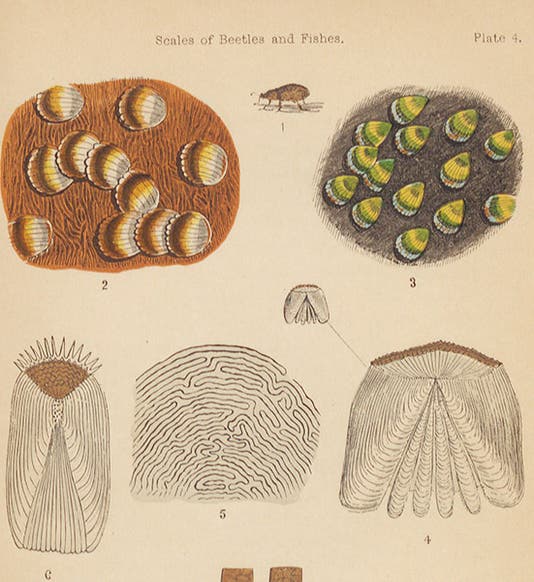
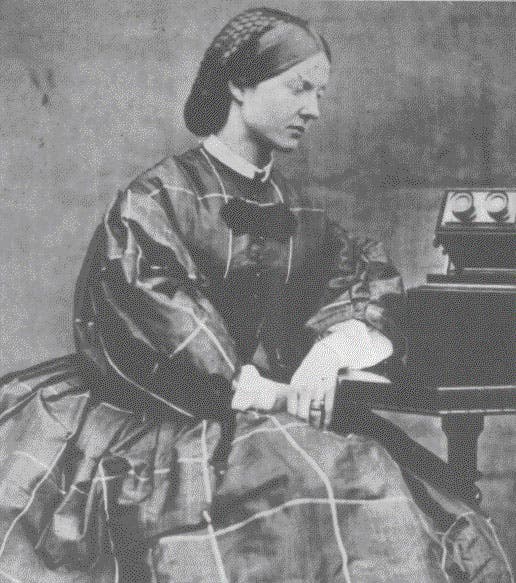
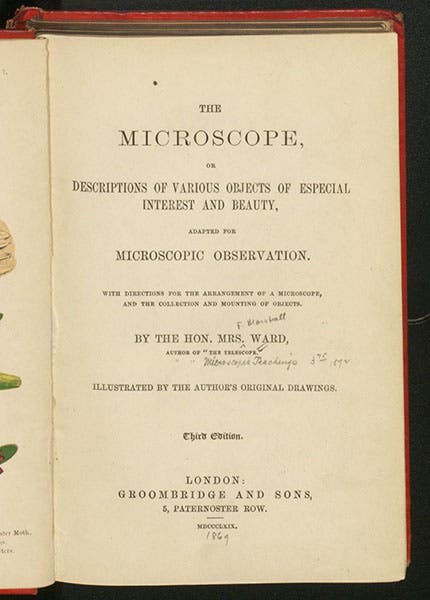

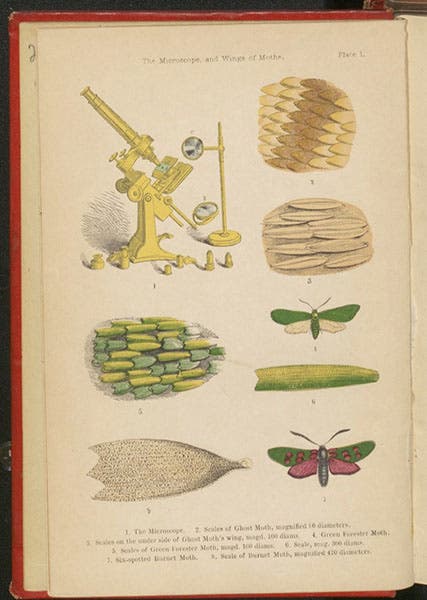
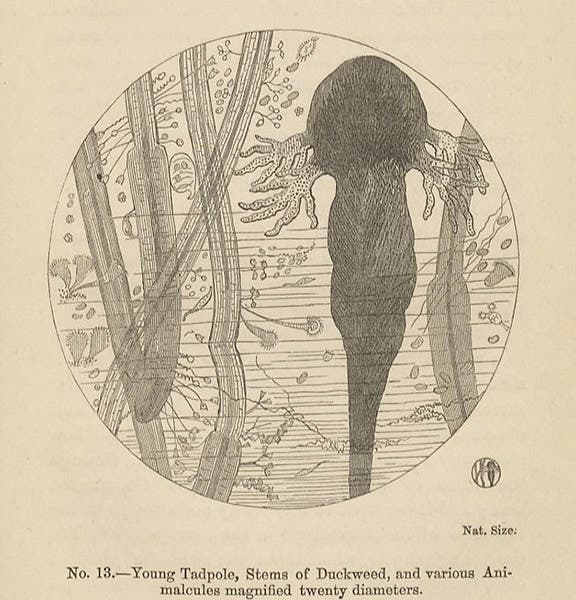
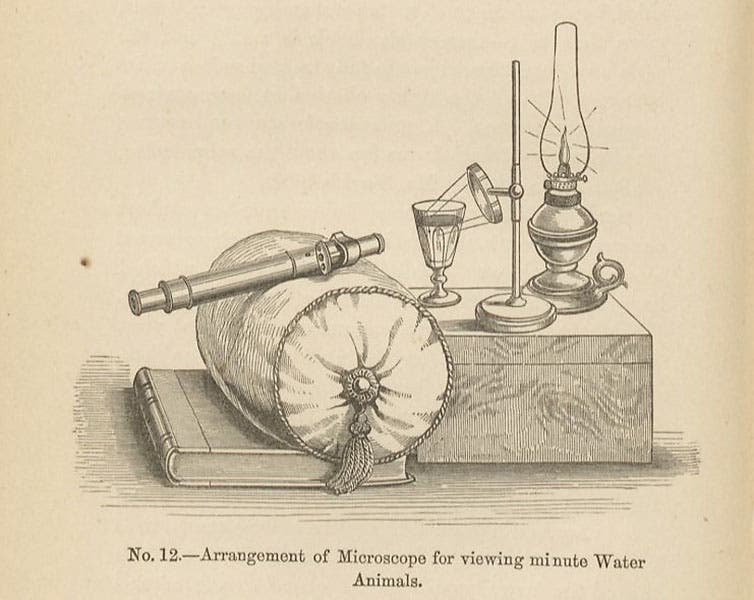
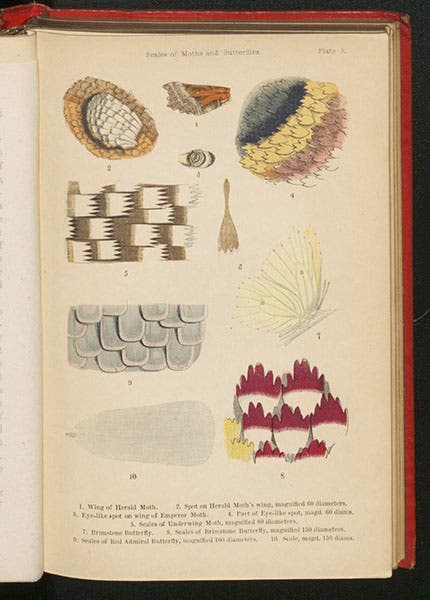


![Using an astrolabe to measure the depth of a well, woodcut in Elucidatio fabricae vsusq[ue] astrolabii, by Johannes Stöffler, 1513 (Linda Hall Library)](https://assets-us-01.kc-usercontent.com:443/9dd25524-761a-000d-d79f-86a5086d4774/a998eb50-55d2-4a88-ace2-a50aa5fa86e7/Stoffler%201.jpg?w=210&h=210&auto=format&fit=crop)

